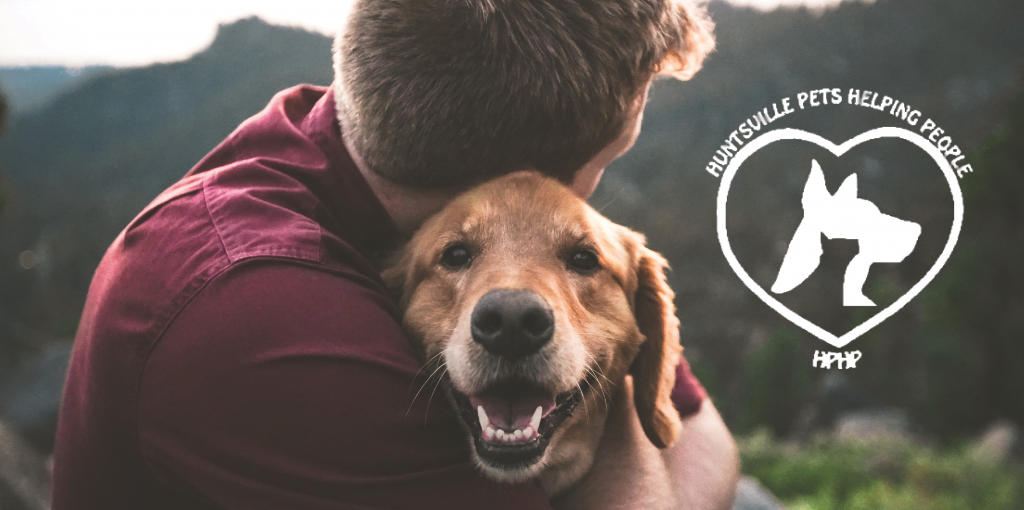If you watch Lucky Dog on Saturday morning television (CBS), you have heard Brandon McMillian mention the seven common commands for dogs: sit, stay, down, come, off, heel, and no. Every one of those commands are important skills for your dog to know. Some of them fall into the category of good manners (off, heel, no, sit, down) and some are necessary for the safety (come, stay, no) of your pet. There are several more skills for your dog that you might find helpful or maybe even essential to learn: go potty, wait, and leave it.
One of the suggested additional skills for your dog is “go potty.” That may seem like a strange command to teach a dog but it can be very useful. For example, you are going to take your dog for a ride in the car. By having the dog go to the bathroom before the trip, it is likely there will not be an accident inside the vehicle. Maybe your dog sleeps in the house at night. By sending them out to go potty just before bedtime and ensuring that they go, it is likely that the dog will not wake you up in a couple hours to go outside and you can get some uninterrupted sleep.
Once you have decided that “go potty” is something you would like your dog to know, how do you begin to teach that skill? The easiest way to start is to go outside with your dog about thirty minutes or so after they eat a meal. Keep an eye on your dog’s activity and when they take care of their business, verbally praise them by saying “good potty”. You might provide a treat, too, as further incentive. Follow the same steps at other times of day. In the beginning, the key is to put a name to the activity as the dog performs the requested activity. After a few days of following the above steps, you should be able to ask your dog to go potty and they should understand what you want them to do.
“Wait” is another useful skill for your dog. Some dogs are door dashers. The minute a door or gate is opened, they bolt thru it. They may run out into the street and chase a child on a bicycle or possibly be hit by a passing vehicle. Time spent teaching “wait” could save your dog’s life. Once your dog has learned “wait”, you can give them the command before you open the door and put an end to door dashing.
For teaching “wait”, attach a leash to your dog’s collar or harness and walk to an exterior door. Make sure you have a good hold on the leash and ask her for a sit. Once she sits, open the door a few inches. Anticipate that she will try to dash thru the opening. As she approaches the door, close the door being careful not to hit her with the door. Repeat the process. After a few times encountering a closing door, she should begin to slow down trying to dash thru the open door. The next step is to make the opening a little bit wider. Continue the process until you can open the door all the way and your dog will remain at your side instead of aiming for a speedy exit. At that point, you can give her a release word, such as “okay”, and both of you can walk thru the door. Within a few days or a week, you should see noticeable progress in reducing her tendency to door dash. Over time, keep practicing until she develops a solid “wait” skill.
Have you ever dropped something on the floor, and had your dog rush to get the item before you can pick it up? It could be something harmless, like a cooked hamburger patty. You might be deprived of your lunch but a plain meat patty will not harm your pet if they eat it. But what if the dropped item was macadamia nuts or a blood pressure pill and your dog swallowed them? Your dog could become extremely ill and need an emergency trip to a veterinarian’s office. However, if you immediately and firmly say “leave it” and the dog complies, you could save their life. The key to the leave it command is developing excellent compliance so that your dog understands that they must promptly and fully avoid whatever it is that you are telling them to leave alone.
Teaching “leave it” is best accomplished using a favorite treat. Hold a treat in your hand so that your dog can see and smell the treat but do not let him take it. Now it is a waiting game as he sniffs and paws at your hand to get the treat. Once he pauses, stops trying to get the treat away from you, and maybe looks away, say “good leave it”. Then give him a different treat from your other hand as you retain the original treat. The next step is to place the treat on the floor and say “leave it” as you move your hand away from it. At this point, your dog should leave the treat alone. Most dogs will learn “leave it” in a few minutes.
These are just three suggestions for other skills for your dog to learn. With a little thought, you may decide that your dog should learn other skills. Regardless of their age, most dogs enjoy learning new things. It keeps them active and engaged and it is another way for animals and their people to spend time together. So make the learning process fun and both the two-footed and four-footed members of the family should enjoy the experience.
